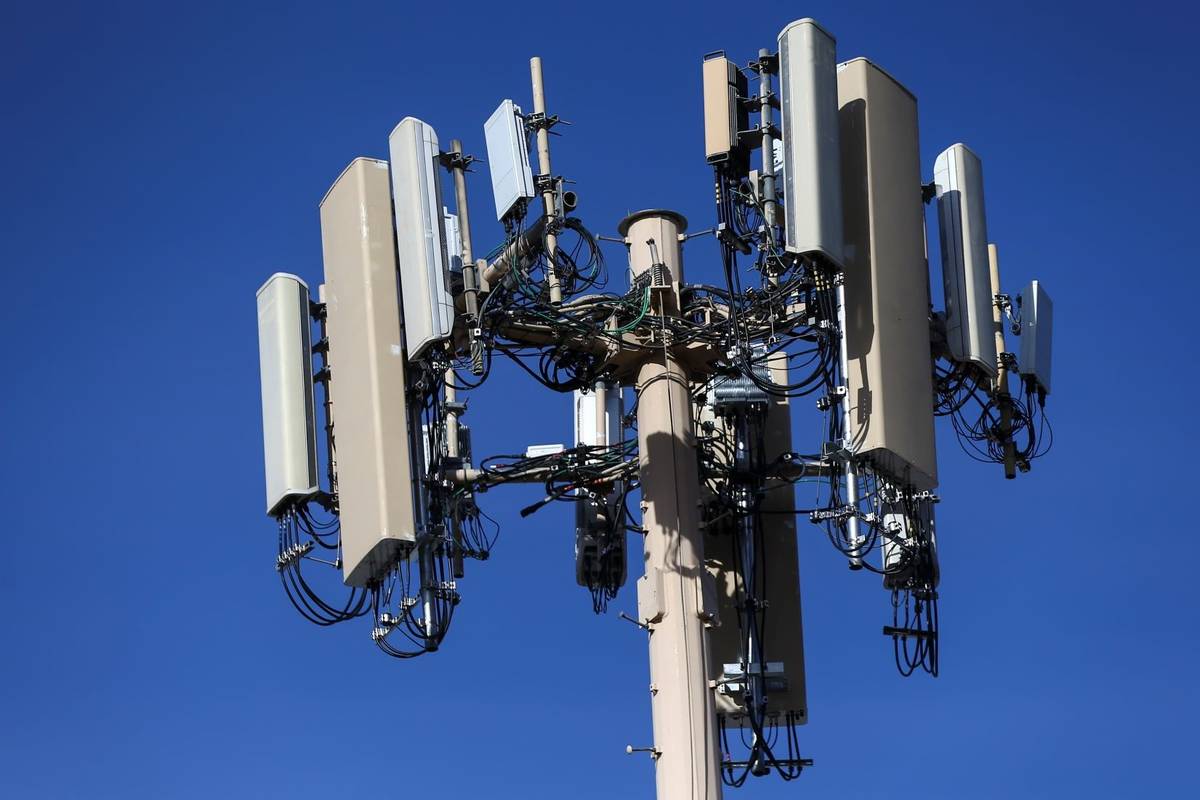If you've ever walked through a town and spotted tiny 5G cell towers placed on poles for street lighting. They appear like tiny boxes, but they're actually broadcasting wireless signals from cell phone providers to your phone.

The smaller ones are being replaced by larger, purpose-built cell towers. Although they're not as visible however, they could cause issues for users.
The Federal Communications Commission's Radiation Exposure Thresholds
The FCC's Radiation Exposure Thresholds define the safe distance that a person can be exposed to electromagnetic energy generated by wireless devices. safe distance to live from cell phone tower for exposure are based upon scientific research that prove that electromagnetic energy can be harmful to human health.
The specific absorption rate (SAR) is a measure of the amount of radiofrequency energy that is absorbed by tissue. It's usually 1.6 watts per kilogram, averaged over one gram of tissue.
However, because 5g transmits at higher frequencies and has the potential to create more energy on the skin as well as other body parts. This can lead to many possible harms, such as an increase in appearance of skin conditions such as dermatitis, cataracts, and skin cancer.
Because of the potentially severe effects of 5g radiation, PSU has chosen to establish a general, localized maximum power density of four mW/cm2 measured on 1cm2, and never to exceed 30 minutes for all 5G services at 3000 GHz. This localized limit is consistent with the peak SAR that is spatially averaged at 1.6 W/kg, averaged over one 5 grams of body tissue, at 6 GHz.
The FCC's Maximum Exposure Thresholds
If you've ever used a mobile phone, you probably know that the safest distance from the tower is at least 400 meters. This is because the power of the transmission of the cell tower is significantly increased the further away you are from it.
Although this may sound like an ideal idea but the truth is that those living close to towers might be more vulnerable to health issues. For example, a study from 2014 in India discovered that people who lived within 50 meters from cell towers suffered significantly more health complaints than those who lived farther away from the antennas.
But, the study found that people who moved to areas further away from the cell towers saw their symptoms improve within a couple of days. Another study has revealed that exposure to high frequencies of radiofrequency electromagnetic fields (EMFs) could cause cancer, brain tumors as well as other health issues.
This is because RF radiation, used for wireless communication, has the ability to penetrate the body's outer layer of skin. This is important to understand since the skin functions as a barrier to protect against mechanical injury, infection by pathogenic microorganisms, and infiltration of toxic substances. Additionally, it is the most important organ of the human body and is accountable for keeping the integrity of the other organs.
what is a safe distance from a 5g cell tower depend on a variety of assumptions that are not supported by scientific research. This includes the false assumption that exposures to RF radiation are safe due to minimal absorption into body (i.e., tissue heating).
The assumption also ignores the more extensive penetration of ELF components of modulated RF signals and the effects of short bursts of heat caused by RF pulses. These assumptions are not in line with the current understanding of biological effects of RF radiation, and thus they should not be considered for health protection exposure standards.
In addition there is the fact that both ICNIRP and FCC are limiting their radiation limits for local peak SARs, based on the maximum spatial specific absorption rate (psSAR) which is not a reliable dosimetric instrument for determining the level of exposure to RF radiation. Particularly it is inconclusive for frequencies above 6 GHz. Furthermore, psSAR has not been tested for RF radiation with co-exposure to other agents of the environment such as sunlight. The interactions of RF radiation with other environmental agents could cause synergistic or antagonistic impacts. what is a safe distance from a 5g cell tower would result in the risk of having adverse health effects. For example, co-exposure to RF radiation with sunlight may raise the chance of developing skin cancer, and may also exacerbate other skin disorders, such as acne.
